History Collection
Primary Sources: Behind the Scenes of the Civil Rights Movements

The Library has invested in the creation of Reveal Digital’s Behind the Scenes of the Civil Rights Movement and now has access to the first batch of digitized content on the JSTOR platform. The following information about the collection was shared in Reveal Digital’s announcement:
Covering primarily the 1950s and 1960s, Behind the Scenes of the Civil Rights Movements provides access to primary source documents that focus on how ordinary citizens in the smaller communities viewed, participated in and lived through this historical era. When completed in 2025, the collection will include letters, general correspondence, logs, demonstration plan outlines, transportation logs and plans, meetings, worship services, photographs, newsletters, news reels, interviews and musical recordings from Black, Latine, Native American and Asian American Pacific Islander communities.
The eight compilations from the Atlanta History Center include:
- Alert Americans Association broadside “Martin Luther King…At Communist Training School”
- Atlanta American Council of Christian Churches documents on the Black Manifesto
- Clarence Bacote papers
- Coretta Scott King documents
- Herman L. Turner papers
- Jones family papers of Lovett School
- Roland M. Frye papers
- Southern Regional Council documents
A link to this collection can be found in the History: America guide under Parimary Sources by Topic > Civil Rights and in the Library’s A-Z Database list.
Prensa Libre (Guatemalan Newspaper) Archive Trial at UC Berkeley Library
The Library has started a thirty-day trial of Prensa Libre Newspaper. One can access the resource by authenticating from an off-campus location using the following hyperlink: https://libproxy.berkeley.edu/login?qurl=https%3A%2F%2Fgpa.eastview.com%2Fpren%2F
Currently, the full-text content is available for the issues starting in 1980 through 2022.
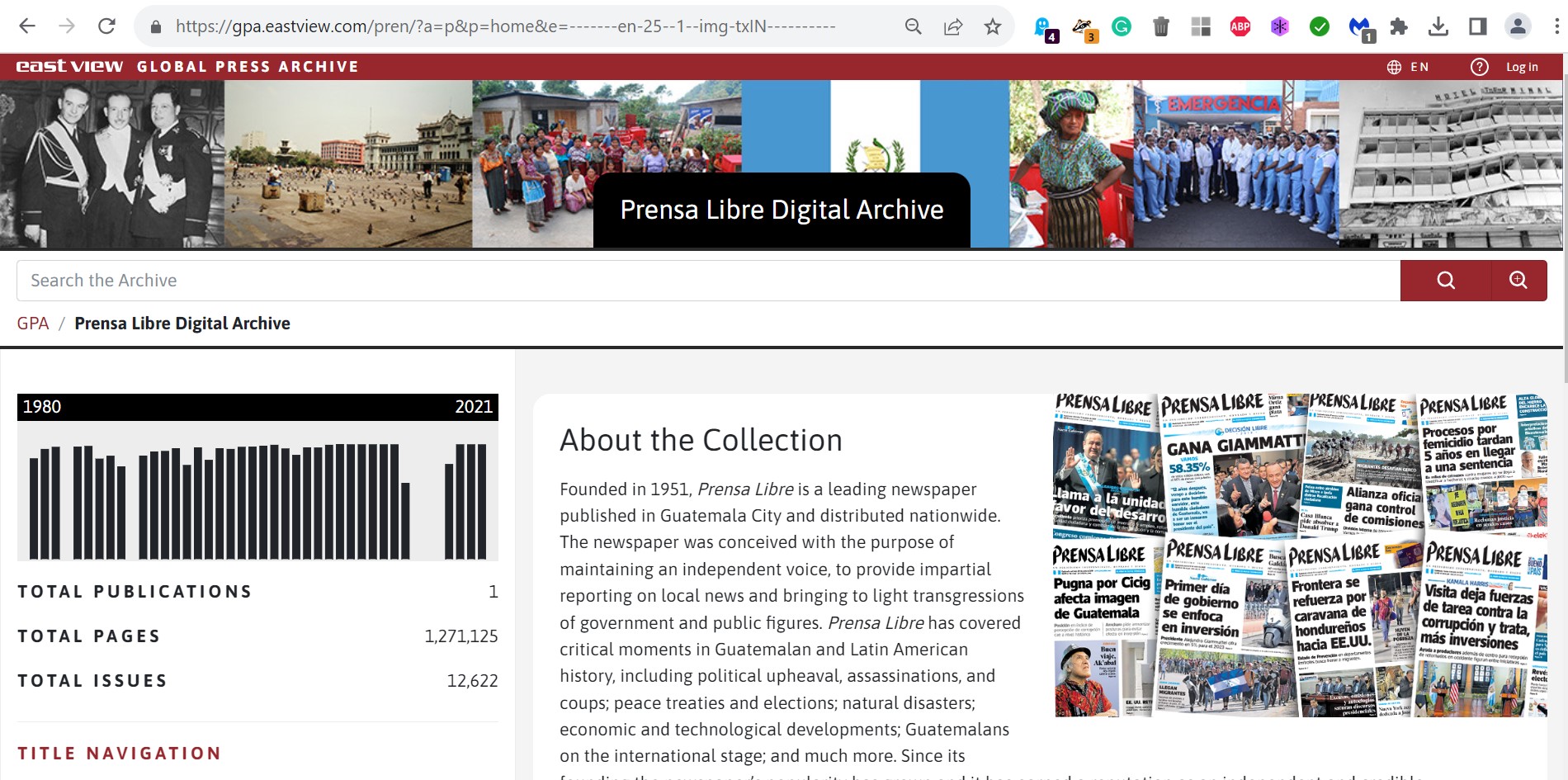
Prensa Libre fue fundado el 20 de agosto de 1951 por Pedro Julio García, Álvaro Contreras Vélez, Salvador Girón Collier, Mario Sandoval Figueroa e Isidoro Zarco Alfasa.
Prensa Libre is a Guatemalan newspaper published in Guatemala City by Prensa Libre, S.A. and distributed nationwide. It was formerly the most widely circulated newspaper in the country and as of 2007 it has the second-widest circulation.[1] It is considered a local newspaper of record. It was founded in 1951. (Source: Wikipedia)
Primary Sources: Reports of the Anglo-American Committee of Inquiry Palestine, 1944-1946
A recent acquisition of the Library, Reports of the Anglo-American Committee of Inquiry Palestine, 1944-1946, provides access to the papers of this committee created in 1945 to “study the situation of Jewish survivors in Europe and the problems connected with their resettlement in Palestine.
“The committee was charged with gathering information and making recommendations on 1) the effect of Jewish immigration and resettlement on the political, economic, and social conditions in Palestine; and (2) the position of surviving Jews in Europe and the possibility of relieving the problem by repatriation or resettlement of the survivors in Palestine and other non-European countries. The committee called for a unitary state rather than partition based on ethnicity or religious profession. The records include AACI reference files, evidence submitted to the committee, transcripts of hearings, AACI reports, and papers of the Anglo-American Cabinet Committee.”
Primary Sources: Testaments to the Holocaust, Documents and Rare Printed Materials from the Weiner Library, London
A recent acquisition, Testaments to the Holocaust, Dococuments and Rare Printed Materials from the Weiner Library, London, provides access to the “first archive to collect evidence from the Holocaust and the anti-semitic activities of the German Nazi party. It contains documentary evidence collected in several different programmes: the eyewitness accounts which were collected before, during and after the Second World War, from people fleeing the Nazi oppression, a large collection of photographs of pre-war Jewish life, the activities of the Nazis, and the ghettoes and camps, a collection of postcards of synagogues in Germany and eastern Europe, most since destroyed, a unique collection of Nazi propaganda publications including a large collection of ‘educational’ children’s’ books, and the card index of biographical details of prominent figures in Nazi Germany, many with portrait photographs. Pamphlets, bulletins and journals published by the Wiener Library to record and disseminate the research of the Institute are also included. 75% of the content is written in German.”
Primary sources: Russian language historical ebook collections
This post highlights some of the Library’s acquisitions of Russian-language historical ebook collections that may have escaped your notice.
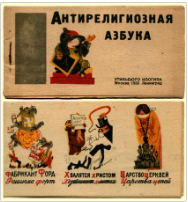 Soviet Anti-Religious Propaganda ebook collection
Soviet Anti-Religious Propaganda ebook collection
East View has digitized a collection of 280 e-books that are most emblematic of Soviet anti-religious fervor. They were published mainly in the 1920s and 1930s on a variety of atheist or anti-religious topics, with titles including Christianity versus Communism, Church versus Democracy, and The Trial of God.
Another collection from East View of 116 ebooks, originally published from 1928 to 1948, relating to the golden age of Soviet Cinema.
An ebook collection of 778 works from Brill Online. It represents works of all Russian literary avant-garde schools, most published betwen 1910-1940. According to the publisher, “the strength of this collection is in its sheer range. It contains many rare and intriguingly obscure books, as well as well-known and critically acclaimed texts, almanacs, periodicals, literary manifests. This makes it a gold mine for art historians and literary scholars alike. Represented in it are more than 30 literary groups without which the history of twentieth-century Russian literature would have been very different. Among the groups included are the Ego-Futurists and Cubo-Futurists, the Imaginists, the Constructivists, the Biocosmists, and the infamous nichevoki – who, in their most radical manifestoes, professed complete abstinence from literary creation.”
Science in Context: The UC Berkeley School of Public Health Oral History Project
As we know from our daily experience of the COVID-19 pandemic, public health is a political and cultural flashpoint in American society, as it has been since its emergence as a field of study and area of state authority in the 19th century. Whereas conventional biomedicine situates illness squarely inside the human body — a matter of damage to or malfunction of organ systems — public health looks outward, to the communication of diseases among populations and to the social factors that contribute to health or illness. Public health practitioners look at everything from the aggregate of individual human choices, such as smoking, to larger, deeper historical structures in society, such as the impact of systemic racism on health outcomes. Is it the government telling you how you or your children should behave, or is it science-based advice to help reduce rates of illness, harm, or death in society? Public health is science in political context like few other fields of research.
Well over a decade ago, the School of Public Health at UC Berkeley began to take stock of this positioning and reflect on how a teaching and research institution could better respond to the challenges of science in context. This set of interviews emerged from an effort to document the recent history and institutional evolution of the school. Steve Shortell, who was dean of the school from 2002 until 2013, wanted to chronicle the foundation and growth of the On-campus/Online Professional MPH (master’s of public health) Program; the reinstitution of the undergraduate major in public health; the development of an office of diversity; a graduate program in public health practice and leadership; and a center for health leadership, formerly known as the Center for Public Health Practice and Leadership and currently known as RISE. Dean Shortell also wanted to feature some key leaders associated with these developments.

There are three interviews with Dean Shortell that provide the context for the institutional changes during this period, as well as explorations of his career in health management research. Executive Associate Dean Thomas Rundall was also interviewed about multiple initiatives, including his leadership of the graduate programs in health management and co-directorship of the Center for Lean Engagement and Research in Healthcare (CLEAR). Jeffrey Oxendine was interviewed about his role as co-founder and associate dean of the Center for Public Health Practice and Leadership, which began in 2008. Another feature of this oral history project was to explore the reinstitution of the undergraduate major in public health in 2003. Dr. Lisa Barcellos was interviewed in part about her leadership of that program and her research on the genetic and environmental factors involved in autoimmune disease.
There is also a set of interviews surrounding the establishment and growth of the online MPH program. Dr. Nap Hosang was the first director of the hybrid master’s of public health program, and he discusses the unique features of the program’s design, particularly with respect to accessing a diverse and unique pool of student talent, which contributed to the program’s success in subsequent years. Dr. Deborah Barnett was interviewed partly about her capacity as the successor and current leader of the program and as chief of curriculum and instruction. Alberta (Abby) Rincón recounted the history of her time as director of diversity and the foundation of the DREAM (Diversity, Respect, Equity, Action, Multiculturalism) office in the school. In her interview, chair of the Division of Community Health Sciences Dr. Denise Herd discusses the history of research in health disparities and the social determinants of health — a subject that is raised in many of the interviews — and her participation in the campus-wide Othering & Belonging Institute. Finally, Dr. Art Reingold was interviewed about his several decades as director of the Division of Epidemiology, the online MPH program, and teaching in the time of COVID.
If the field of public health is broadly defined as the study of health at the population level, this set of interviews reveals the broadest themes of health in context: the environment that shapes the expression of genes, the factors that lead to the nourishment or deprivation of bodies and minds, the factors that determine who gets to study or teach public health, the factors that shape the delivery of health care, and the contexts that shape the interactions between human bodies and other organisms and pathogens. The overarching story is about how these individuals studied, improved, and optimized institutional attention to these larger contexts, contributing to one of the most extraordinary public health programs in the country.
Read more from the individual interviews below:
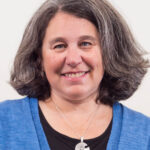
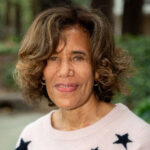
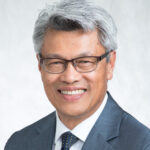
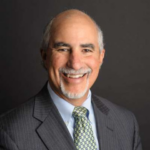
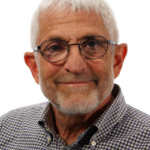
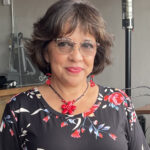
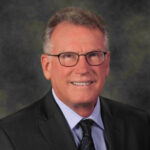

Workshop: Advanced Zotero
 Advanced Zotero will be offered in-person in 223 Doe Library on Thursday, September 14 from 12:10-1:30pm and via Zoom Friday, September 15 from 12:10-1:30.
Advanced Zotero will be offered in-person in 223 Doe Library on Thursday, September 14 from 12:10-1:30pm and via Zoom Friday, September 15 from 12:10-1:30.
This session covers:
- The many different techniques for adding items to your Zotero library
- Linked files vs. stored files
- Zotero storage vs using Zotfile to store attachments in another cloud app
- Creating and managing groups
- Zotero 6.0 PDF viewer and annotation extractor
- Zotero 6.0 Add note feature
- Indexing and searching your Zotero library and attachments
Registration is required so that you can receive the Zoom link 24 hours in advance of the workshop. Register at https://tinyurl.com/UCBlibworkshops.
The Library attempts to offer programs in accessible, barrier-free settings. If you believe you may require disability-related accommodations, please contact Jennifer Dorner at dorner@berkeley.edu.
Primary Sources: Sources of 20th century British public opinion
The Library has recently acquired British Political Opinion Polls and Social Surveys, 1960-1988.
A digitized collection of the complete political and social opinion polls of five major social survey organizations — MORI (Market and Opinion Research International), NOP (National Opinion Polls Market Research); HARRIS (The Harris Research Centre), MARPLAN and GALLUP, covering 1960-1988. Subjects covered include: AIDS, the Channel Tunnel, education, general elections, homosexuality, the miner’s strike, police, poll tax, and many others.
Other resources for British public opinion include:
Mass Observation Online
Digitized archive of the Mass-Observation Project, a “pioneering social research organization,” documenting everyday life and ordinary people in Britain from 1937 to 1972.
BBC Listener Research Department reports, 1937-c.1950
Includes the entire available collection of weekly Audience Summaries, together with the weekly then daily Listening Barometers. Also included are the Audience Reaction Reports on specific programmes and Special Reports on particular themes or issues for the period, as well as some key policy documents produced by the LRD.
Reports (UK Ministry of Information)
These reports were created by the British government’s Ministry of Information during the Second World War for the purpose of monitoring public opinion, and for researching aspects of wartime life of interest to the government. They were a valuable source of information for the ministers and civil servants charged with steering the country through a total war, and give a vivid picture of life on the home front.
Primary Sources: Propaganda collections
The Library recently acquired three collections of propaganda materials: two from World War II a collection of anti-Semitic materials published before the war.
This publication collection consists of over 1,000 air dropped and shelled leaflets and periodicals created and disseminated during the Second World War. The majority of items in this collection were printed by the Allies then air or container dropped, or fired by artillery shell over German occupied territory. Many leaflets and periodicals have original publication codes and were printed in over 10 languages. Only shelled leaflets, Germans to Allies (115 items), are in English.
Allied Propaganda in World War II and the British Political Warfare Executive
This collection presents the complete files of the Political Warfare Executive (PWE) kept at the U.K. National Archives as FO 898 from its instigation to closure in 1946, along with the secret minutes of the special 1944 War Cabinet Committee “Breaking the German Will to Resist.”
German Anti-Semitic Propaganda, 1909-1941
Comprised of 170 German-language books and pamphlets, this collection presents anti-Semitism as an issue in politics, economics, religion, and education. Most of the writings date from the 1920s and 1930s and many are directly connected with Nazi groups. The works are principally anti-Semitic, but include writings on other groups as well, including Jehovah’s Witnesses, the Jesuits, and the Freemasons.
Primary Sources: Correspondence from German Concentration Camps and Prisons
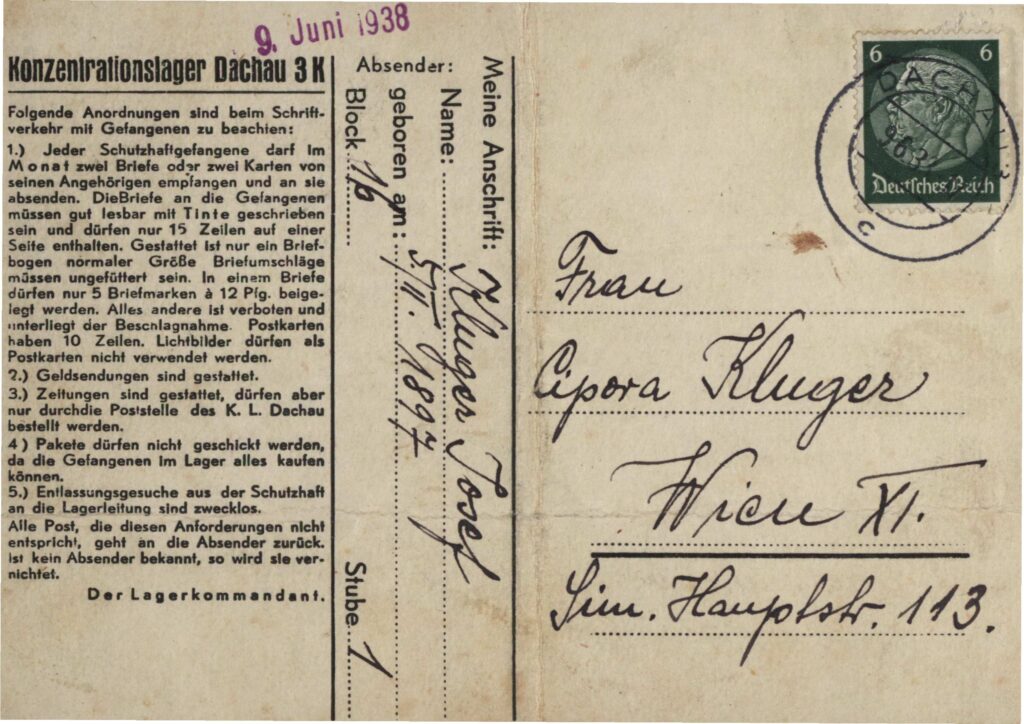 Correspondence from German Concentration Camps and Prisons is a digitized version of a “collection of items originating from prisoners held in German concentration camps, internment and transit camps, Gestapo prisons, and POW camps, during and just prior to World War II. Most of the collection consists of letters written or received by prisoners, but also includes receipts for parcels, money orders and personal effects; paper currency; and realia, including Star of David badges that Jews were forced to wear.”1
Correspondence from German Concentration Camps and Prisons is a digitized version of a “collection of items originating from prisoners held in German concentration camps, internment and transit camps, Gestapo prisons, and POW camps, during and just prior to World War II. Most of the collection consists of letters written or received by prisoners, but also includes receipts for parcels, money orders and personal effects; paper currency; and realia, including Star of David badges that Jews were forced to wear.”1
1 Archives & Research Collections, McMaster University. “World War, 1939-1945, German Concentration Camps and Prisons Collection.” Accessed July 13, 2023. https://archives.mcmaster.ca/index.php/world-war-1939-1945-german-concentration-camps-and-prisons-collection.